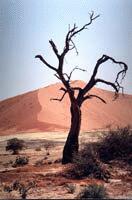
The Namibian Surf Safari
Erik Hesse of Western Province reports on his surfing trip to Namibia during 1997 and lists some tourist highlights to plan for during your trip to the 1998 Namibian Championships.

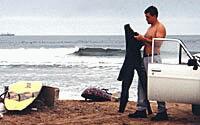
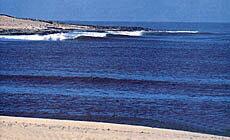
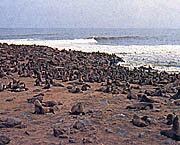
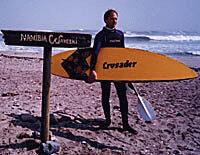
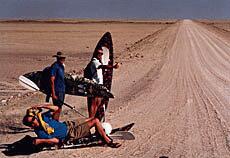
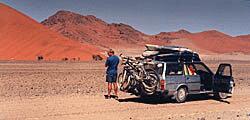 In the South there is the awesome grandeur of the Fish river canyon, with accommodation available at the Ai-Ais hot springs.
If you have time (and plenty of petrol) then a trip to the coastal town of Luderitz and the nearby ghost town of Kolmanskop may be worth your while.
The huge Namib Naukluft park extends all the way from Luderitz to Swakopmund, encompassing the Namib desert in all its forms: gravel plains, mountains and the vast emptiness of the dune sea. It is in this sandy desert that the highest dunes in the world occur: at the magnificent Sossusvlei.
In the South there is the awesome grandeur of the Fish river canyon, with accommodation available at the Ai-Ais hot springs.
If you have time (and plenty of petrol) then a trip to the coastal town of Luderitz and the nearby ghost town of Kolmanskop may be worth your while.
The huge Namib Naukluft park extends all the way from Luderitz to Swakopmund, encompassing the Namib desert in all its forms: gravel plains, mountains and the vast emptiness of the dune sea. It is in this sandy desert that the highest dunes in the world occur: at the magnificent Sossusvlei.
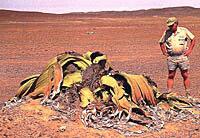
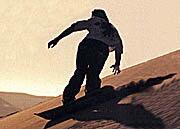

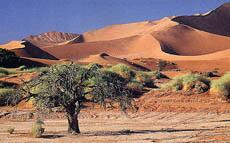
This page hosted by ![]()
Get your own Free Home Page
Since which you are visitor number:
| [Home] | [Showcase] | [Events] | [WP Team] | [Photos 1] | [Photos 2] | [Champions] | [Rules] |
| [Links] | [History] | [Disa] | [Surf Map] | [Sign Guestbook] | [Read Guestbook] | [Join Mailing List] |